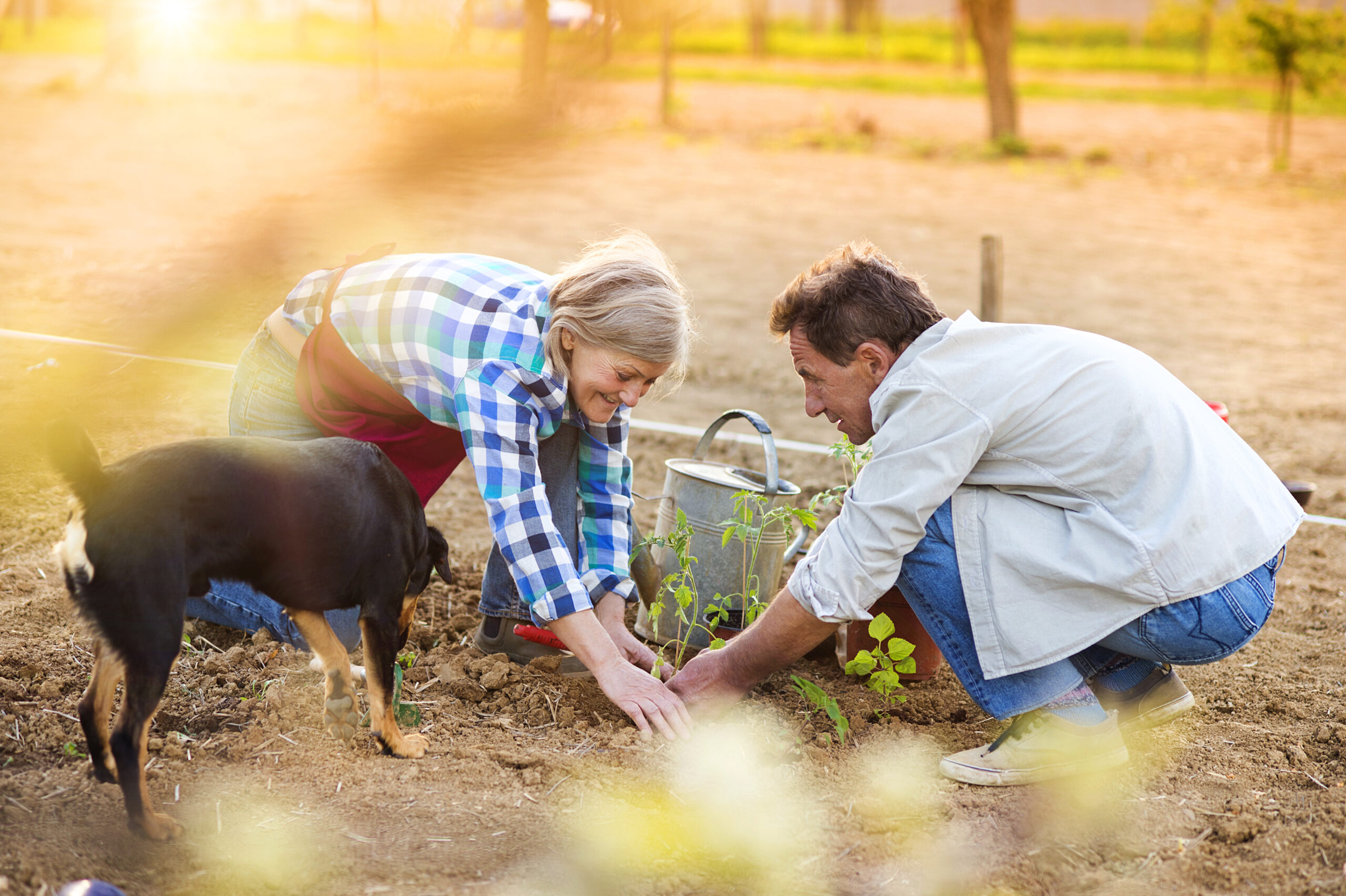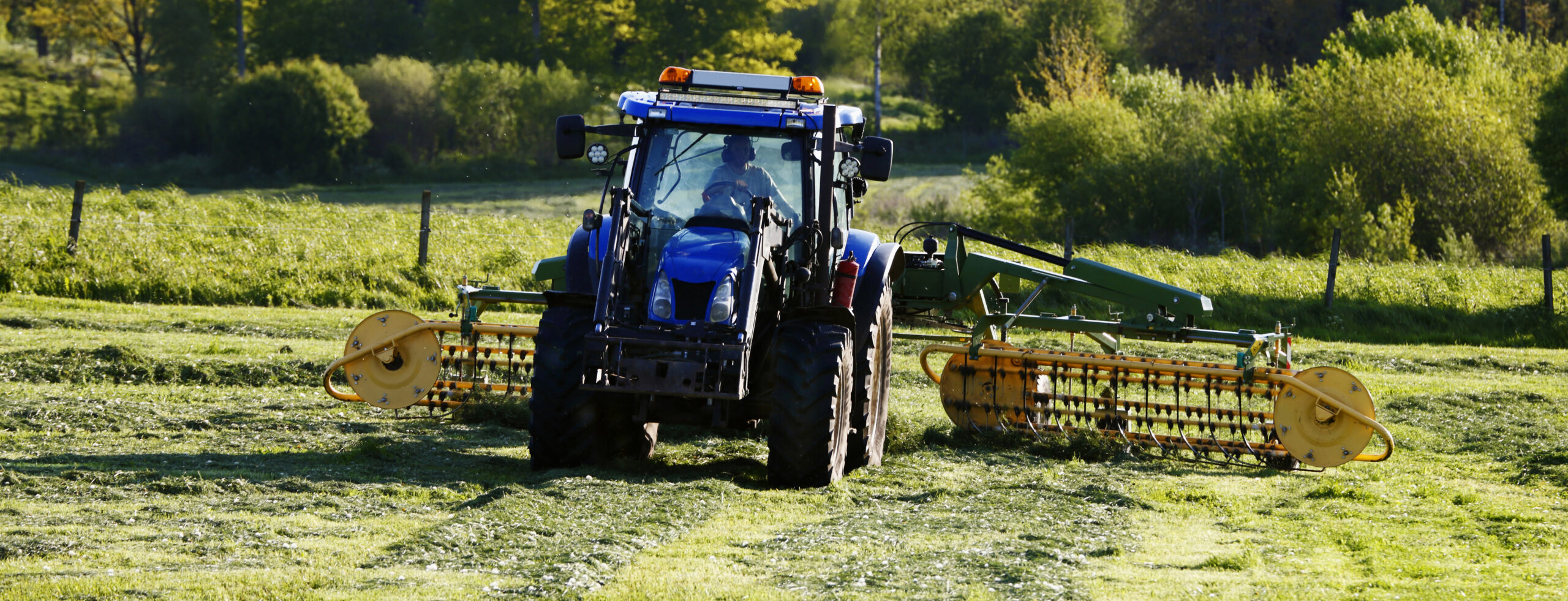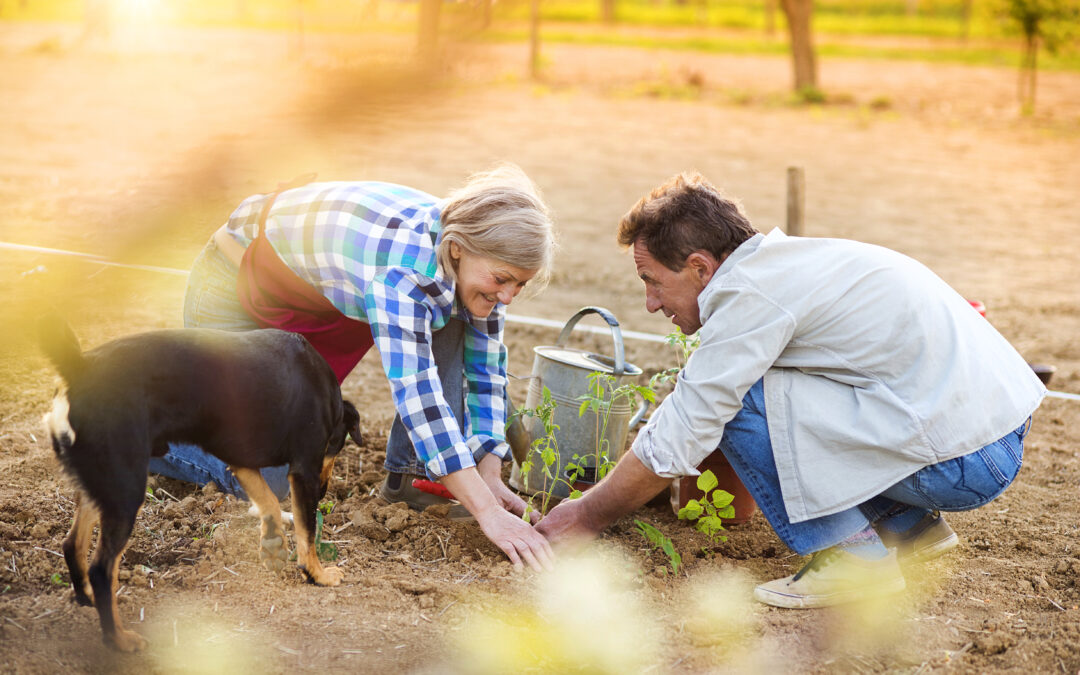Home farming is a great way to grow your own fresh produce and enjoy the benefits of healthy, nutritious food. Whether you have a small balcony or a large backyard, there are plenty of opportunities for growing your favorite fruits and vegetables at home. In this guide, we will cover everything from choosing the right plants and seeds to harvesting your crops and preserving them for later use. Let’s get started!

Introduction to Home Farming
Home farming has become increasingly popular in recent years as more people seek out ways to live sustainably and reduce their carbon footprint. By growing your own produce, you can save money on groceries while also enjoying the satisfaction that comes with cultivating your own food. Additionally, home farming allows you to control what goes into your food by avoiding pesticides and other chemicals often used in commercial agriculture. With just a little bit of space and some basic equipment, anyone can start growing their own food at home.
Choosing the Right Plants and Seeds
The first step in home farming is selecting the right plants and seeds for your garden. Consider which fruits and vegetables you enjoy eating most and research which varieties do well in your area. Some common options include tomatoes, lettuce, spinach, radishes, carrots, beans, and herbs like basil and chives. You may also want to consider planting flowers or decorative shrubs around your garden to add color and visual interest. Once you know what you want to grow, head to your local nursery or order seeds online to begin planning your garden layout.
Preparing the Soil and Planting the Seeds

Once you have selected your plants and seeds, it’s time to prepare the soil and plant your garden. Start by clearing any debris or weeds from the area where you plan to plant your garden. Then, dig up the soil and mix in compost or other organic matter to enrich the soil and provide essential nutrients for your plants. Depending on the size of your plot, you may need to rent or borrow tools such as shovels, rakes, and hoes to help prepare the soil.
Next, follow the instructions provided with your seed packets or consult an expert gardener for guidance on how deep to plant each type of seed. Water your newly planted seeds regularly until they sprout, then continue watering as needed throughout the growing season. Be sure not to overwater, as too much moisture can lead to mold and rot.
Caring for Your Plants
As your plants begin to grow, you will need to care for them properly to ensure optimal growth and yield. This includes regular pruning, fertilizing, and monitoring for signs of disease or pests. Consult with experts or read up on best practices for specific types of plants to learn about proper maintenance techniques. Remember to keep track of when to harvest your crops based on their expected maturity dates so you don’t miss out on all those delicious veggies!
Harvesting Your Crops
When your plants reach maturity, it’s time to reap the rewards of your hard work and harvest your crops. Follow safe handling guidelines to prevent contamination during transportation and storage. Use clean containers and packaging materials to store your produce safely before consuming or preserving for future use.
Preserving and Storing Your Produce
If you find yourself with more produce than you can eat immediately, consider preserving and storing your excess crop for later use. Common methods of preservation include freezing, canning, pickling, and drying. Research the best method for each type of fruit or vegetable and invest in necessary supplies such as jars, lids, and pressure cookers if applicable. Store preserved items in cool, dark places away from direct sunlight or heat sources to maintain quality and extend shelf life.
In conclusion, home farming can be a rewarding hobby that provides fresh, healthy produce for you and your family. From selecting the right plants and seeds to harvesting and preserving your crops, there are many steps involved in creating a successful home farm. But with dedication and attention to detail, anyone can achieve success in home farming and enjoy the bountiful benefits of homegrown produce.





